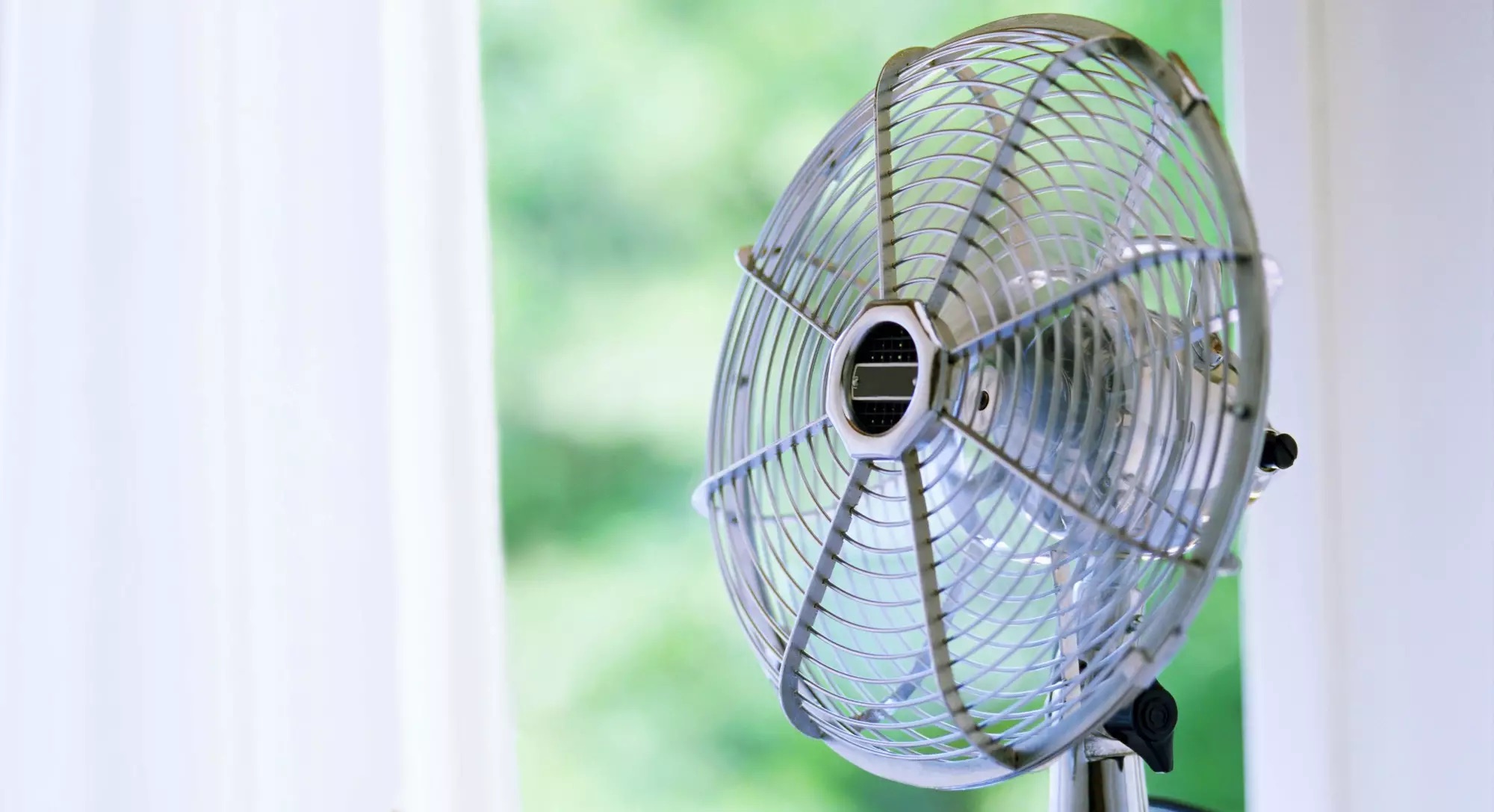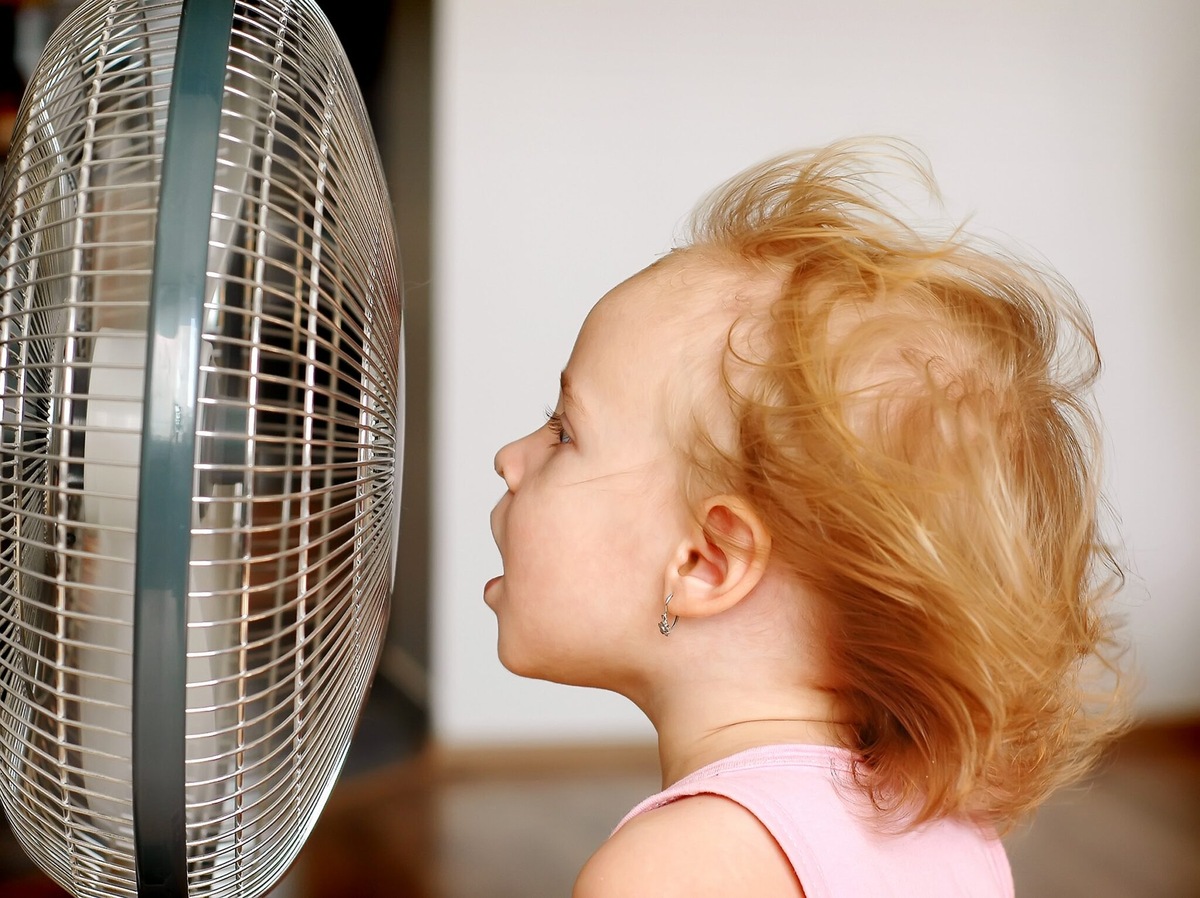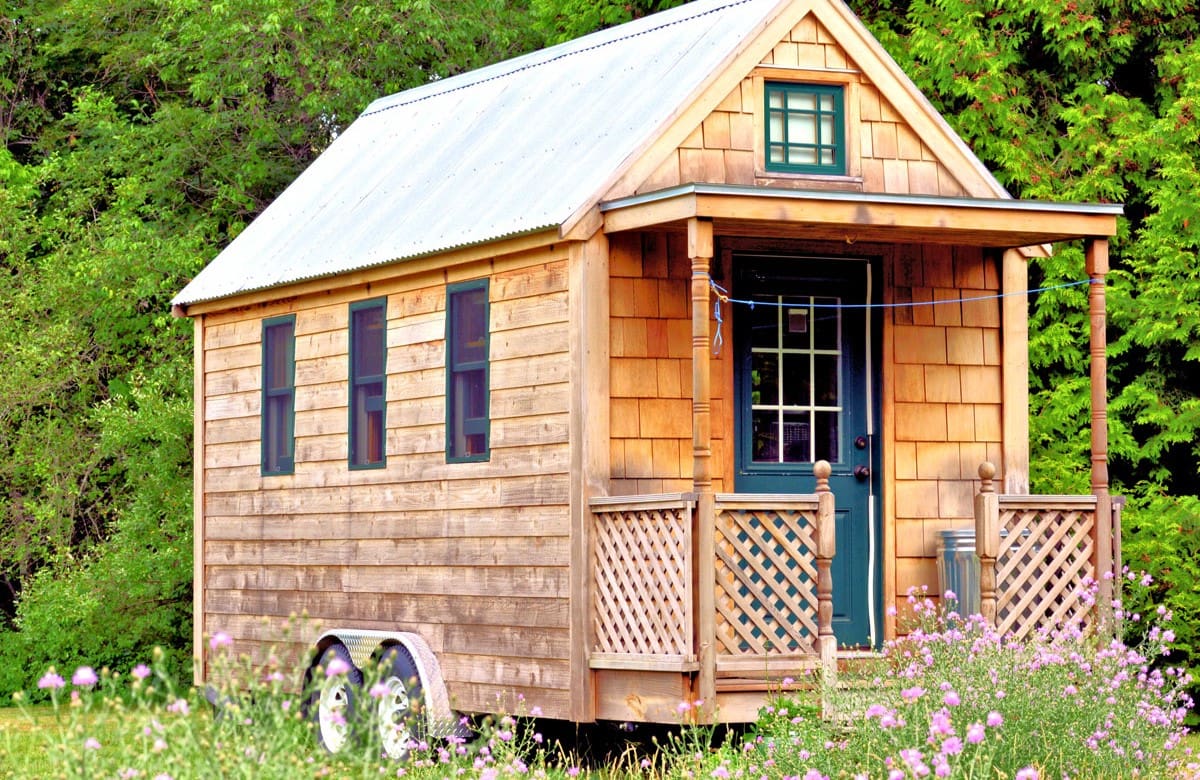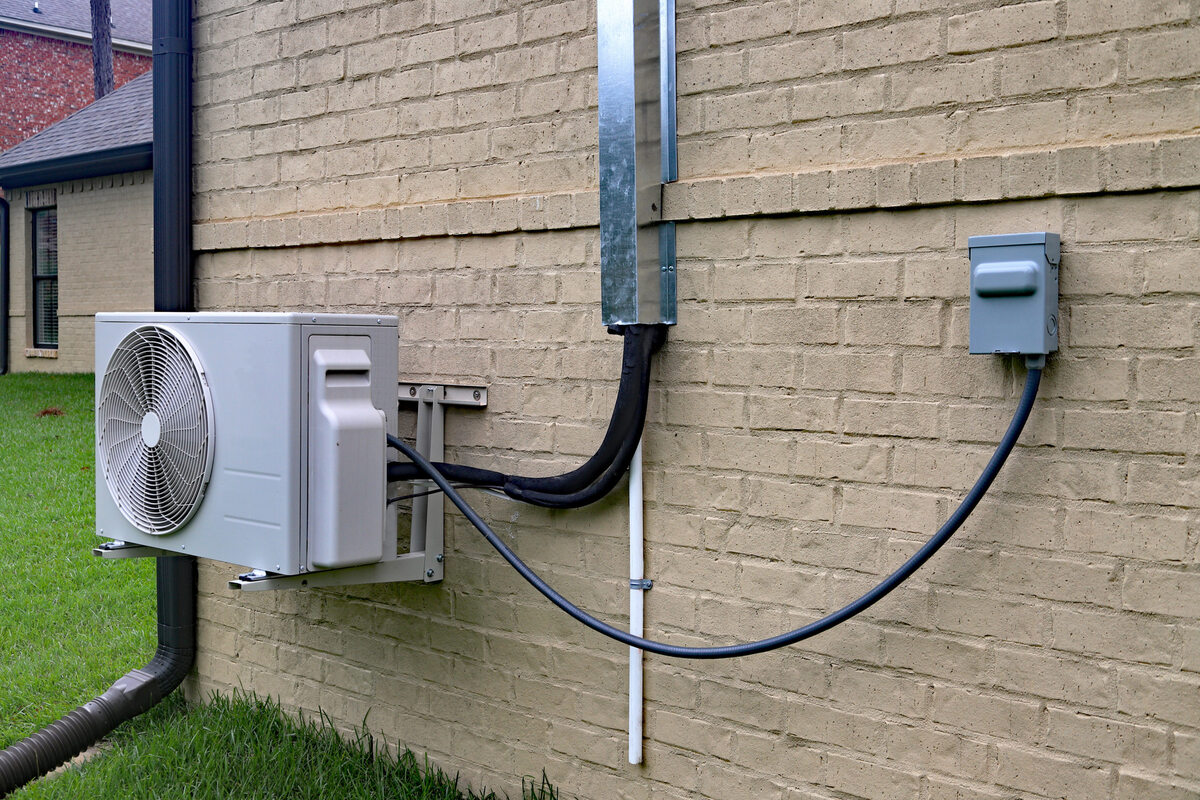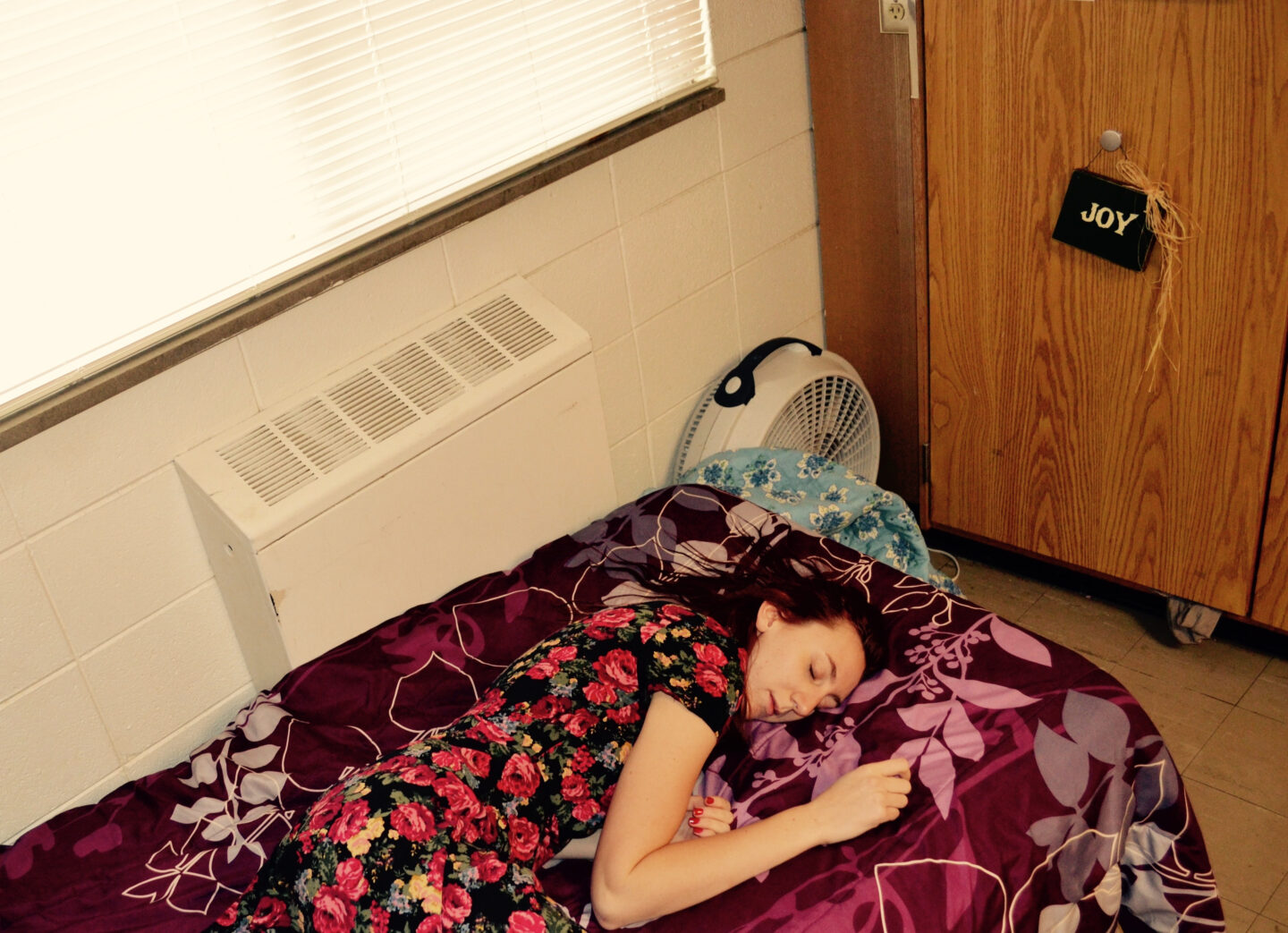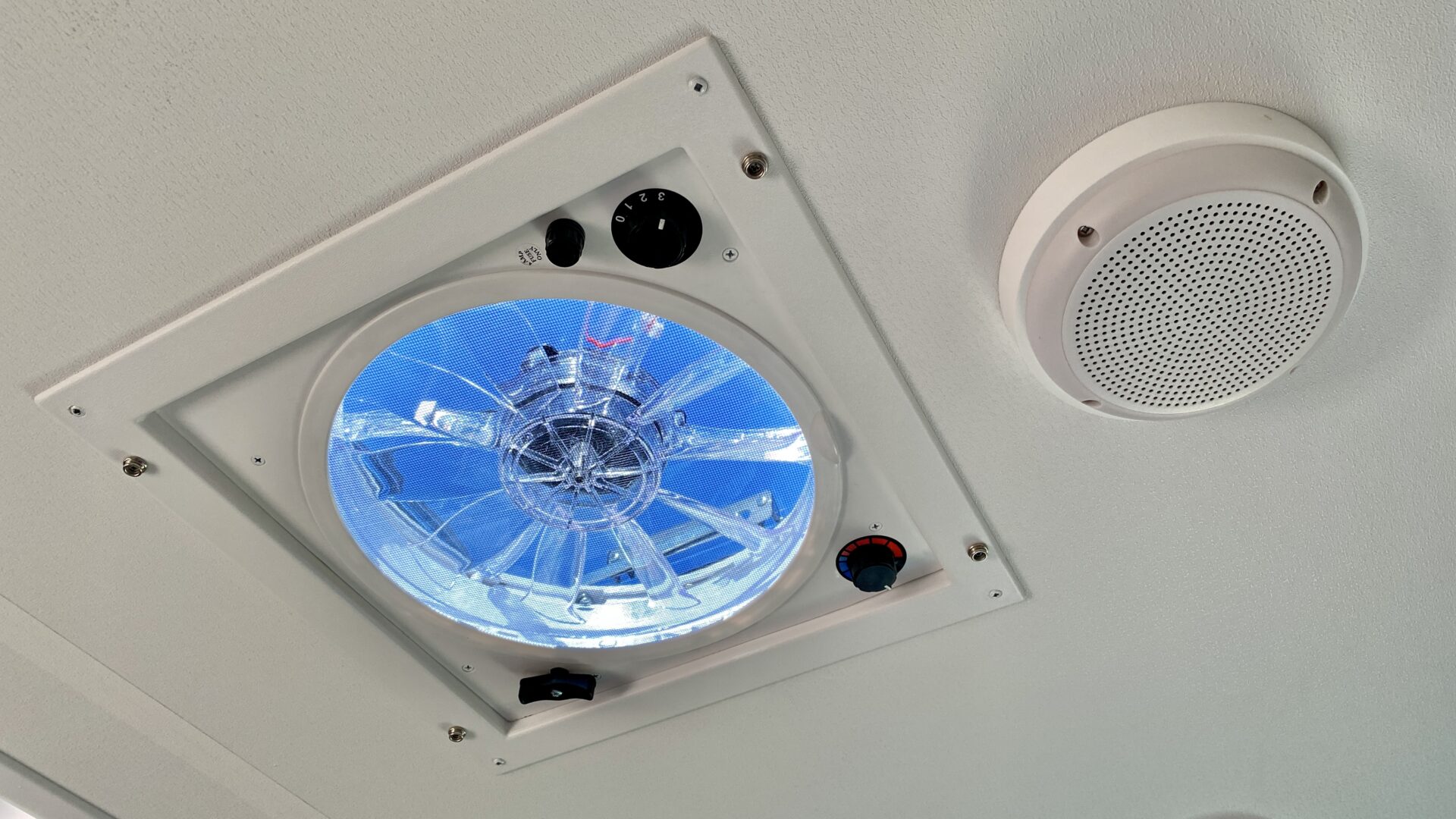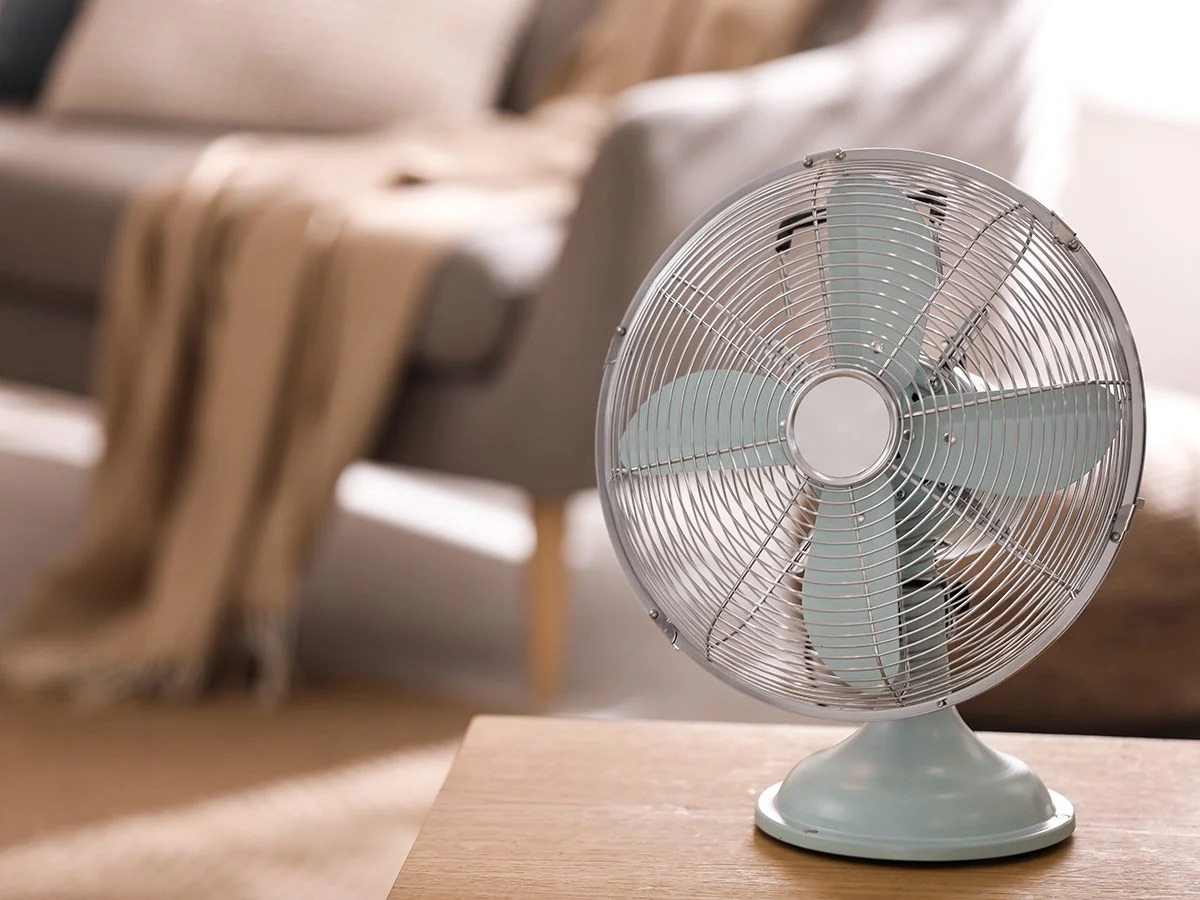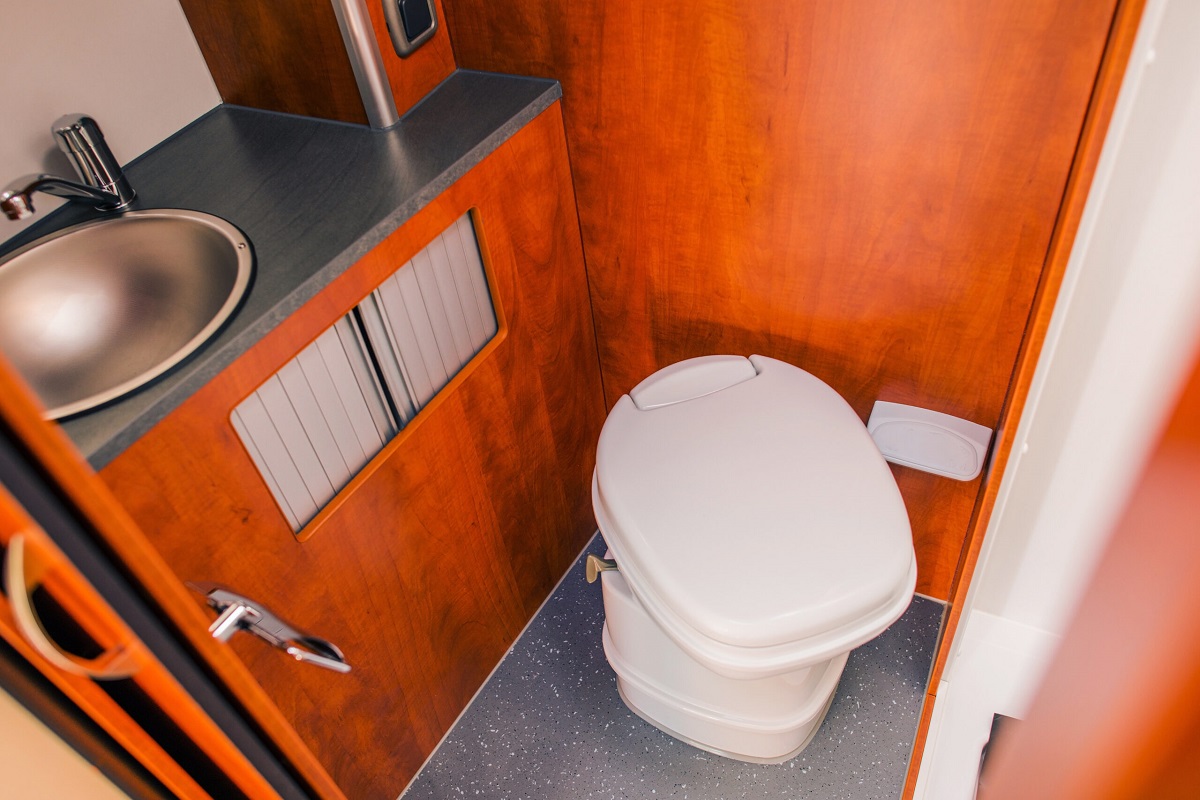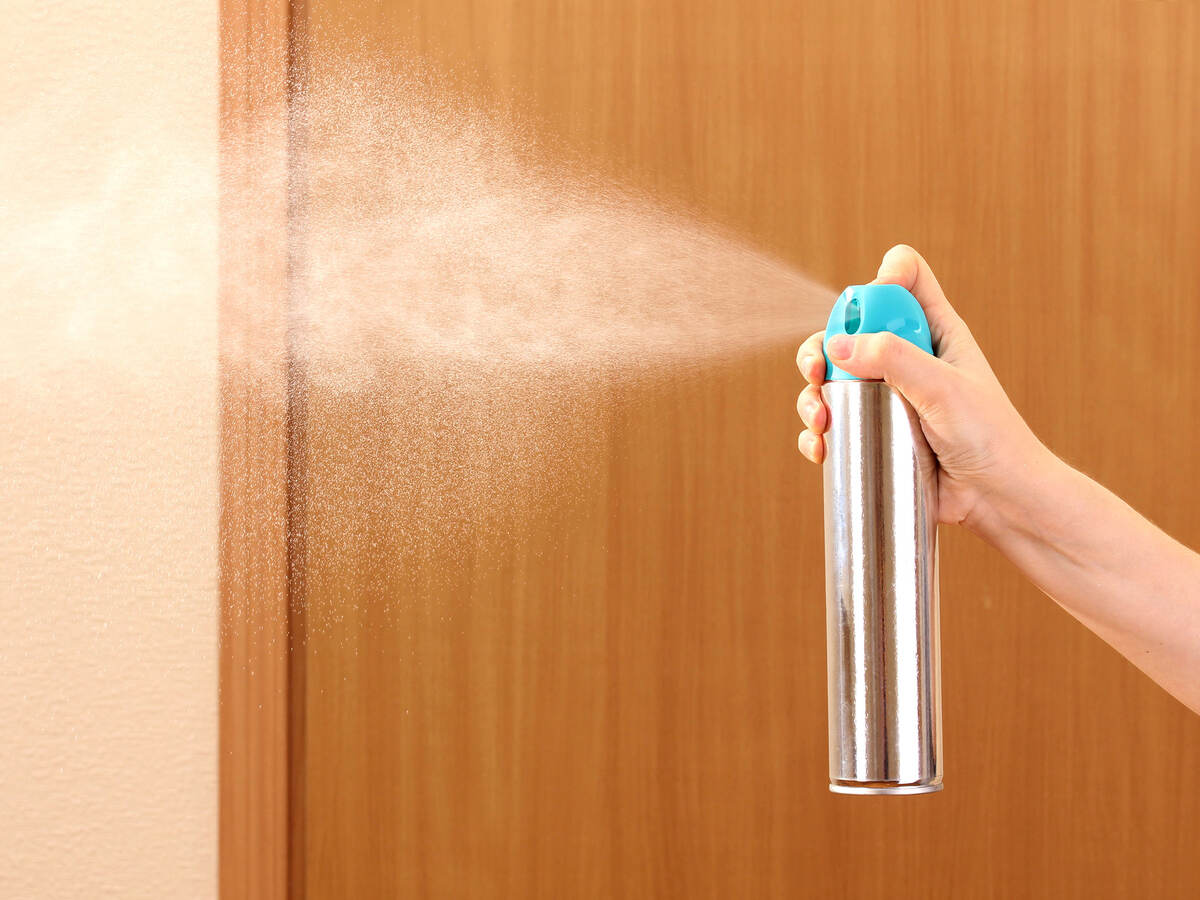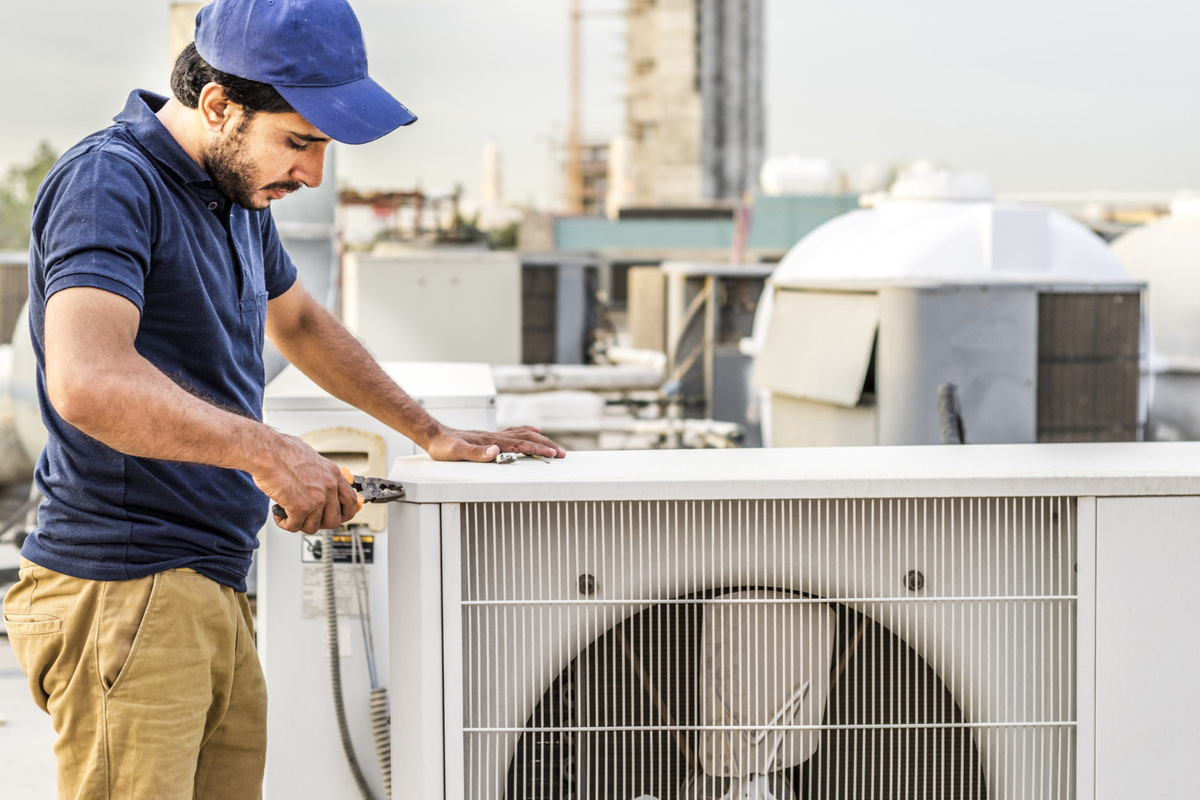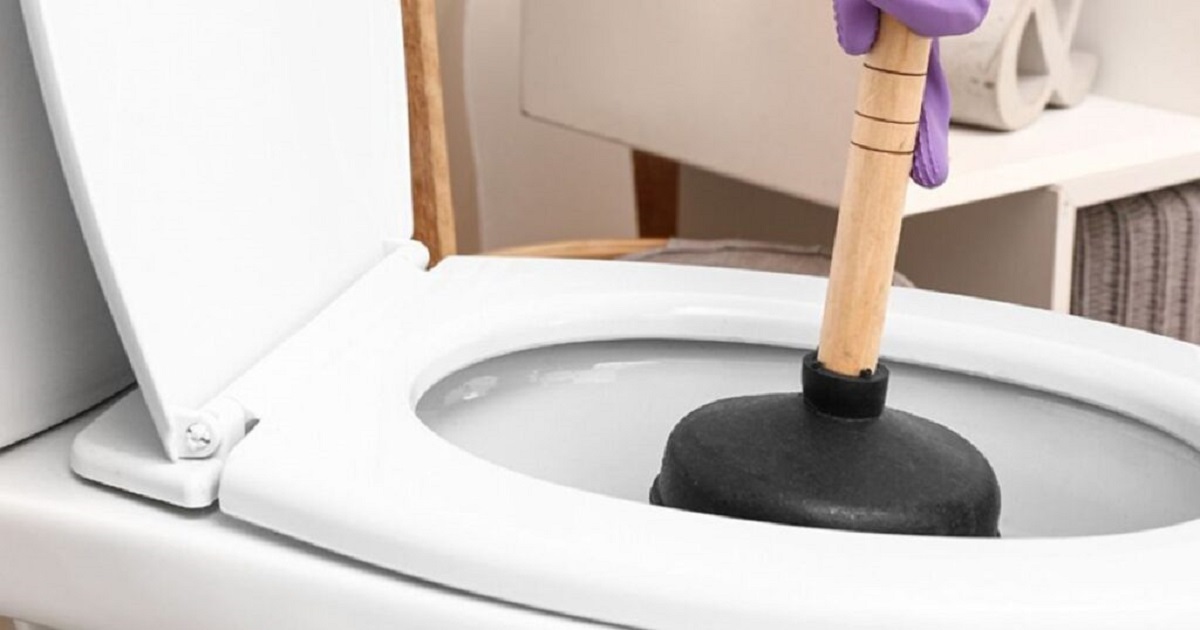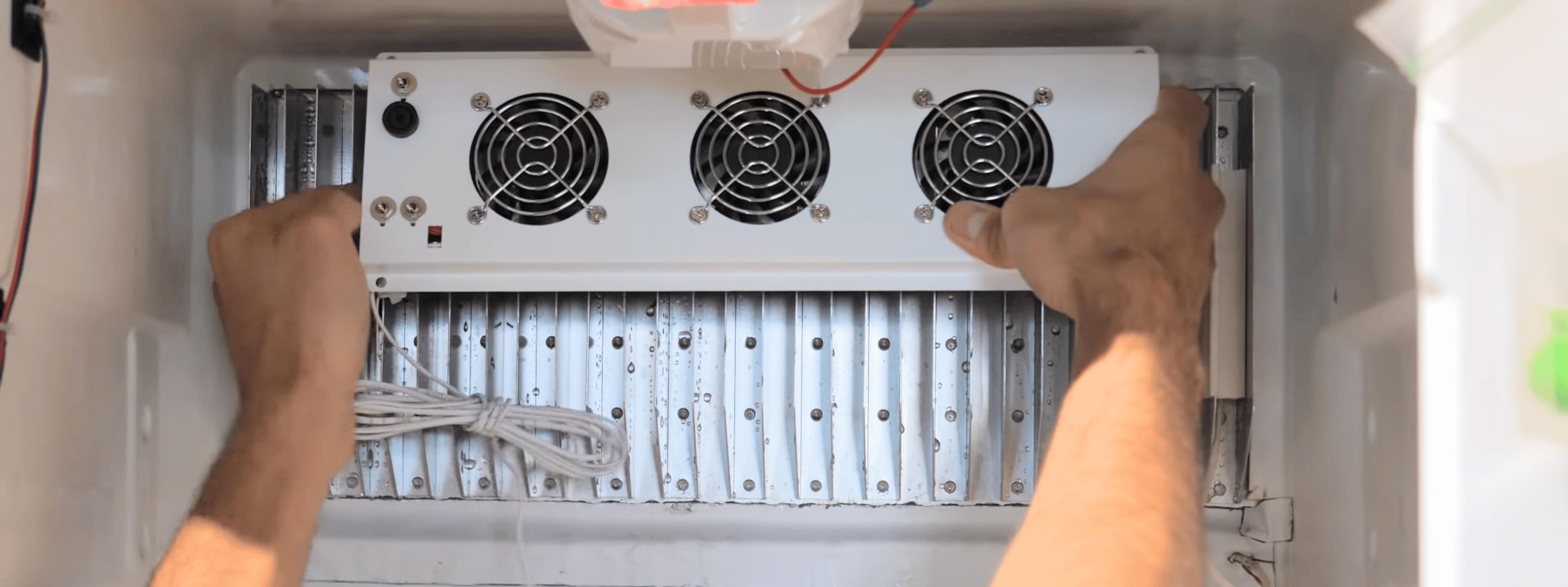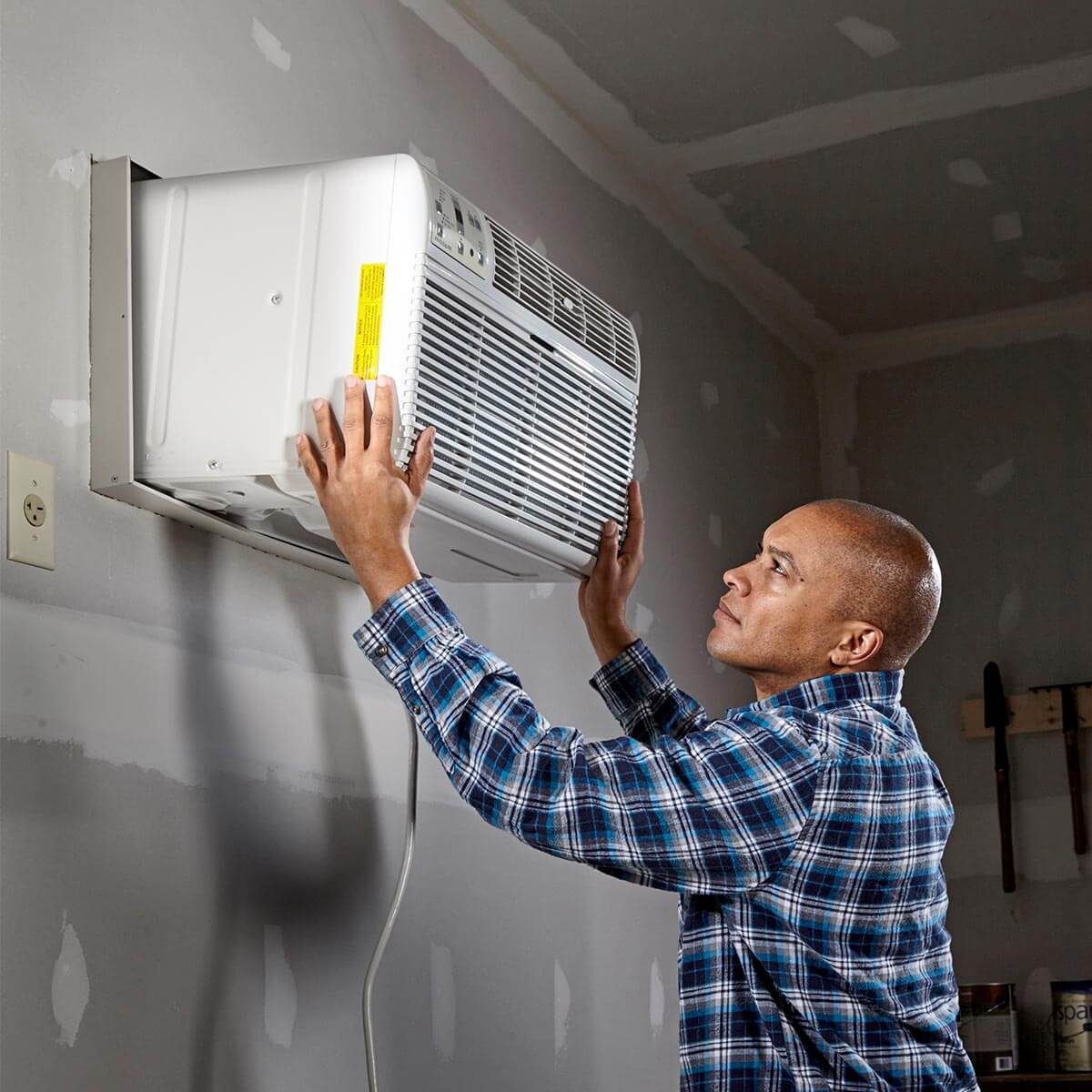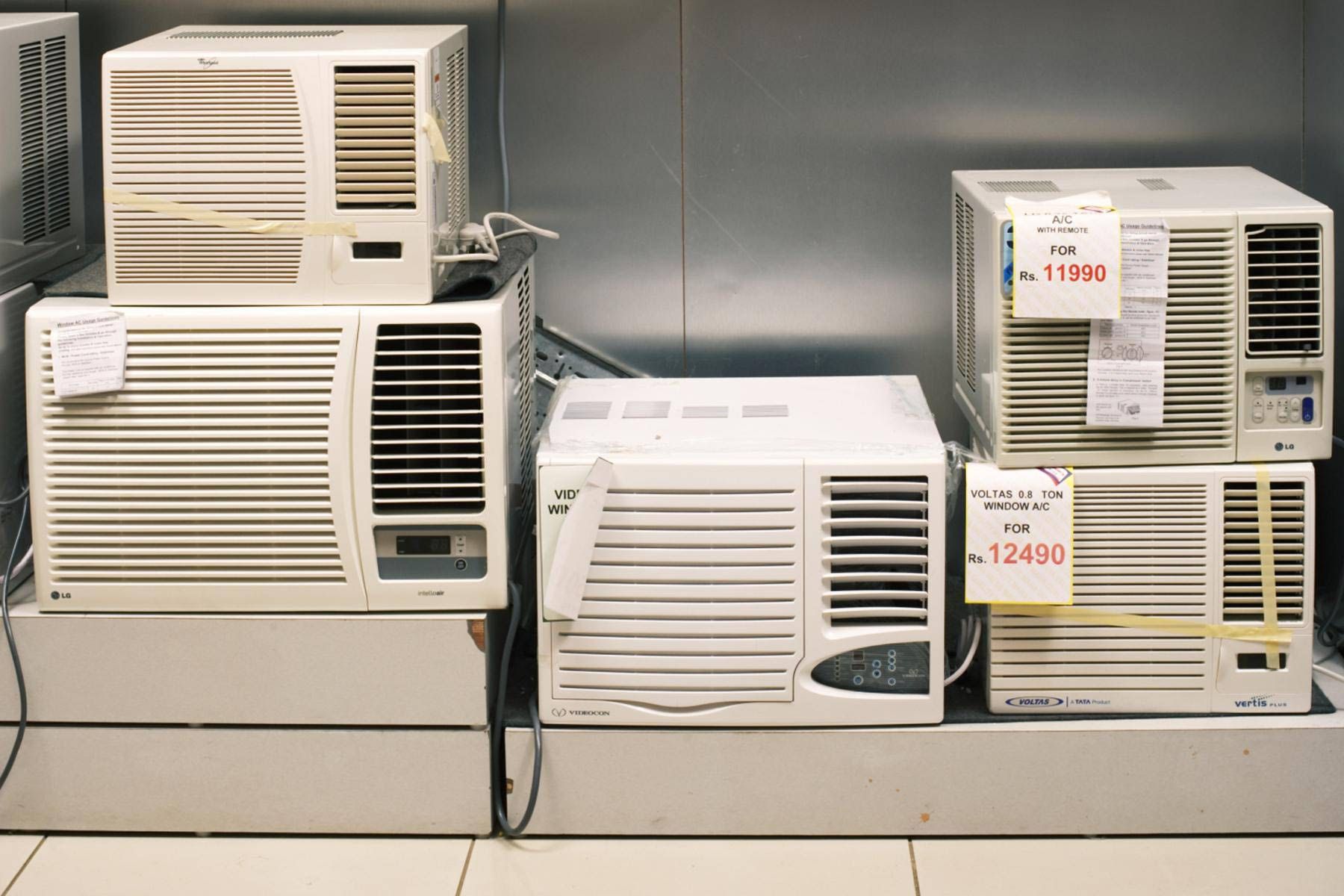Home>Home Maintenance>How To Stay Cool In An RV Without Air Conditioning
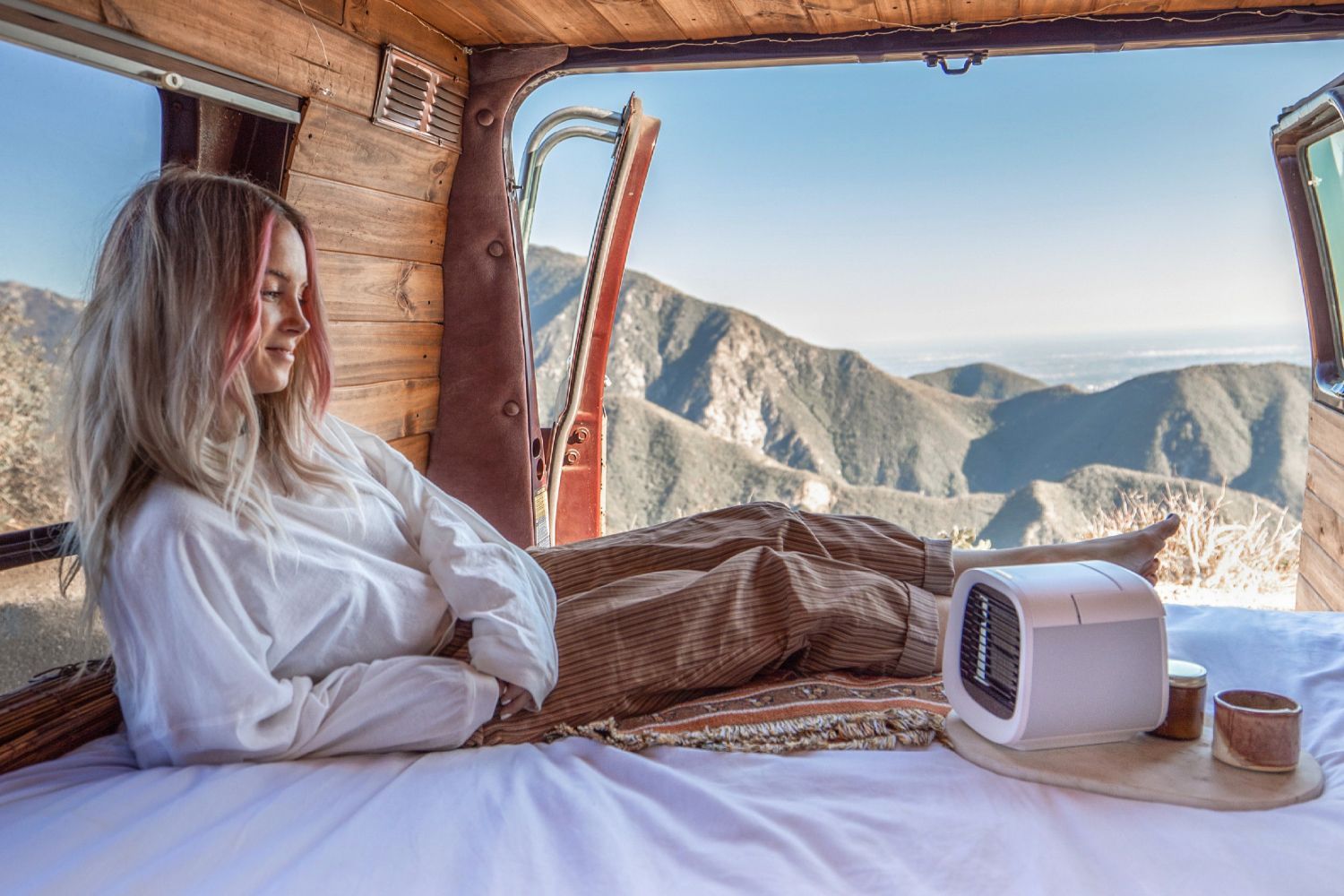

Home Maintenance
How To Stay Cool In An RV Without Air Conditioning
Modified: March 6, 2024
Discover effective ways to stay cool in your RV without relying on air conditioning. Follow these proven home maintenance tips to beat the heat and enjoy your outdoor adventures comfortably.
(Many of the links in this article redirect to a specific reviewed product. Your purchase of these products through affiliate links helps to generate commission for Storables.com, at no extra cost. Learn more)
Introduction
Maintaining a comfortable temperature inside your RV is crucial, especially during those hot summer months. While air conditioning may seem like the obvious solution, it may not always be available or practical. However, fear not! There are plenty of ways to stay cool in your RV without relying on air conditioning.
In this article, we will explore various factors that affect the temperature inside your RV and provide you with actionable tips on how to beat the heat. Whether you’re a full-time RVer or just planning a weekend getaway, these strategies will help keep you cool and comfortable throughout your journey.
Understanding the Factors that Affect RV Temperature
Before we dive into the tips and tricks, let’s first understand a few critical factors that can significantly impact the temperature inside your RV.
Insulation: Insulating your RV effectively is key to maintaining a comfortable temperature. Proper insulation helps keep the heat out during summer and the cold out during winter.
Ventilation: Good air circulation is crucial in preventing the buildup of hot air inside your RV. Adequate ventilation allows for the exchange of warm, stale air with fresh, cool air from outside.
Solar Heat Gain: The sun’s rays can quickly turn your RV into a heat trap. Understanding how solar heat gain affects your RV and implementing strategies to minimize it is essential.
Exterior Shade: Shading your RV from the sun can significantly reduce the interior temperature. Finding ways to create shade around your RV will help keep it cooler during hot days.
Now that we have a basic understanding of these factors, let’s explore some practical tips for staying cool in your RV without relying on air conditioning.
Key Takeaways:
- Keep your RV cool without air conditioning by using window coverings, fans, and strategic parking. Stay hydrated, dress appropriately, and create shade to beat the heat.
- Maintain a comfortable temperature inside your RV by focusing on insulation, sealing air leaks, using reflective window film, and regular cooling system maintenance. Adapt to weather conditions for a pleasant journey.
Understanding the Factors that Affect RV Temperature
Insulation: One of the most critical factors in maintaining a comfortable temperature inside your RV is insulation. A well-insulated RV will help keep the outdoor heat or cold from seeping into the living space. Insulation acts as a barrier, preventing the transfer of heat and maintaining a more consistent temperature. Consider upgrading the insulation in your RV or adding insulation to areas where there may be gaps or weak spots.
Ventilation: Proper ventilation is key to keeping your RV cool and comfortable. Good air circulation helps to remove stale hot air and replace it with fresh air from outside. Utilize your RV’s built-in vents or install additional fans to promote airflow. Opening windows and doors strategically can also help create a cross breeze and improve ventilation.
Solar Heat Gain: The sun’s rays can quickly turn your RV into an oven. Understanding how solar heat gain affects your RV is essential for managing the temperature. Dark-colored surfaces and large windows can absorb and radiate heat, contributing to the warming of the interior. Consider covering windows with reflective materials or window coverings to minimize solar heat gain.
Exterior Shade: Creating shade around your RV can significantly reduce the amount of direct sunlight hitting its surface. Parking beneath trees, using awnings or canopies, or attaching sunshades to your RV can provide much-needed shade and help keep the interior cooler. Additionally, you can use reflective tarps or sheets to cover the roof, further reducing solar heat gain.
By addressing these factors, you can lay a solid foundation for maintaining a cooler temperature inside your RV. Now, let’s dive into some practical tips for staying cool without air conditioning.
Tips for Staying Cool in an RV Without Air Conditioning
Now that we understand the factors that affect RV temperature, let’s explore some practical tips for staying cool in your RV without relying on air conditioning.
1. Park strategically: When selecting a spot to park your RV, choose a location that offers natural shade or a cooler environment. Look for campsites with trees that can provide shade during hot days. Parking near a body of water can also help cool down the surrounding area.
2. Use window coverings: Window coverings play a crucial role in blocking out heat and sunlight. Invest in reflective window shades or thermal curtains that can help keep the interior temperature lower. They can effectively block out the sun’s rays and prevent solar heat gain.
3. Utilize fans: Fans are a cost-effective and energy-efficient way to keep the air moving inside your RV. Place fans strategically around the living space to promote air circulation. Use a combination of ceiling fans, floor fans, and portable fans to create a cooling breeze.
4. Optimize air flow: Maximize the natural airflow in your RV by strategically opening windows and doors. Create a cross breeze by opening windows on opposite sides of the RV, allowing for fresh air to enter and hot air to exit. Use screens on your windows and doors to keep bugs out while still allowing air to flow.
5. Stay hydrated: Staying hydrated is essential in regulating your body temperature. Drink plenty of water throughout the day to stay cool from within. Consider adding electrolyte-rich beverages or enjoying hydrating snacks like fruits and vegetables to replenish lost nutrients.
6. Create shade: If your RV is parked in direct sunlight, create shade around it to minimize solar heat gain. Use awnings, canopies, or EZ-up shelters to block the sun’s rays. You can also attach shade cloth to the sides of your RV for additional shade and protection from the heat.
7. Dress appropriately: Opt for light, breathable clothing that helps to keep your body cool. Choose natural fabrics like cotton or linen that allow for better air circulation and moisture absorption. Avoid dark-colored and tight-fitting clothes that can retain heat.
8. Use cooling accessories: Utilize various cooling accessories to enhance your comfort. Wet towels or bandanas can be draped around your neck or placed on your forehead to provide a quick cooldown. Cooling gel packs or ice packs can be used to cool down your body or placed near fans to circulate cool air.
9. Take advantage of natural cooling methods: Explore simple techniques that utilize natural resources for cooling. For example, spraying a mist of water in front of a fan can create a cooling effect. Placing a bowl of ice or a frozen water bottle in front of a fan can also help circulate cooler air.
By implementing these tips, you can significantly improve the comfort level inside your RV without relying solely on air conditioning. Remember to be mindful of the local weather conditions and adjust your cooling strategies accordingly.
Keep your RV cool by parking in the shade, using reflective window coverings, and opening windows at night for airflow. Consider using portable fans and awnings to reduce heat inside.
Maintaining Comfortable Temperature Inside an RV
In addition to the tips for staying cool in an RV without air conditioning, there are several measures you can take to ensure a comfortable temperature inside your vehicle. Let’s explore these strategies further:
1. Proper insulation: As mentioned earlier, insulation plays a crucial role in maintaining a comfortable temperature inside your RV. Ensure that your RV is properly insulated, especially in areas with high heat transfer, such as the roof and windows. Upgrade or add insulation as necessary to minimize heat gain.
2. Seal any air leaks: Air leaks can significantly impact the effectiveness of your RV’s climate control. Inspect your RV carefully and seal any gaps or cracks where hot air may enter or cool air may escape. Use weather stripping or silicone caulking to seal windows, doors, and other potential air leak sources.
3. Install reflective window film: Reflective window film can provide additional protection against solar heat gain. This film reflects a significant portion of the sun’s rays, preventing them from penetrating the RV interior. Install the film on windows that receive direct sunlight to reduce the amount of heat entering your RV.
4. Utilize shades or awnings: Alongside window coverings, consider using external shades or awnings to block direct sunlight. These can be installed on windows, doors, and patio areas of your RV. They provide shade and reduce the amount of heat absorbed by your RV’s exterior, helping to keep temperatures cooler inside.
5. Use breathable fabrics for upholstery: Upholstery materials can affect the perceived temperature inside your RV. Opt for breathable fabrics like cotton, linen, or microfiber upholstery covers. These fabrics allow for better air circulation and moisture absorption, helping to keep you cool and comfortable.
6. Regularly clean and maintain your RV’s cooling system: If your RV has a built-in cooling system such as a rooftop air conditioner, it’s crucial to maintain its efficiency. Regularly clean or replace air filters, and schedule professional inspections and maintenance to ensure optimal performance. A well-maintained cooling system will help regulate the temperature more effectively.
By focusing on proper insulation, sealing air leaks, installing reflective window film, utilizing shades or awnings, using breathable fabrics for upholstery, and maintaining your RV’s cooling system, you can maintain a more comfortable temperature inside your RV throughout your journeys.
Remember, the key to a comfortable RV experience is to be mindful of your surroundings and adapt to changing weather conditions. Incorporate these strategies into your RV maintenance routine, and enjoy a comfortable and relaxing environment inside your vehicle.
Conclusion
Staying cool and comfortable inside your RV without air conditioning is definitely possible with the right strategies in place. By understanding the factors that affect RV temperature, such as insulation, ventilation, solar heat gain, and exterior shade, you can take proactive steps to manage the heat.
Implementing practical tips like parking strategically, using window coverings, utilizing fans, optimizing air flow, staying hydrated, creating shade, dressing appropriately, using cooling accessories, and taking advantage of natural cooling methods can greatly enhance your comfort levels.
Additionally, maintaining a comfortable temperature inside your RV requires proper insulation, sealing any air leaks, installing reflective window film, utilizing shades or awnings, using breathable fabrics for upholstery, and regularly cleaning and maintaining your RV’s cooling system.
Remember to adapt your strategies based on the weather conditions and be mindful of any specific factors unique to your RV. Being prepared and proactive will go a long way in ensuring a pleasant and comfortable experience on your RV adventures.
So, whether you’re embarking on a cross-country road trip or enjoying a weekend getaway, embrace these tips and techniques to keep your RV cool and make the most of your time on the road. Stay cool and happy traveling!
Frequently Asked Questions about How To Stay Cool In An RV Without Air Conditioning
Was this page helpful?
At Storables.com, we guarantee accurate and reliable information. Our content, validated by Expert Board Contributors, is crafted following stringent Editorial Policies. We're committed to providing you with well-researched, expert-backed insights for all your informational needs.
